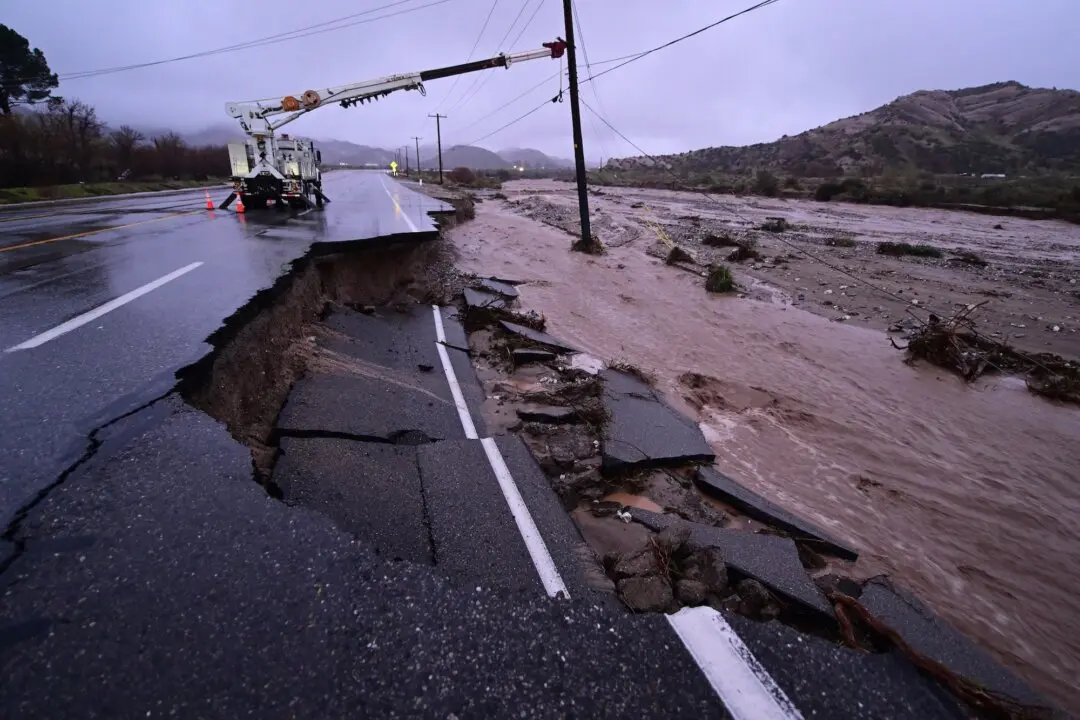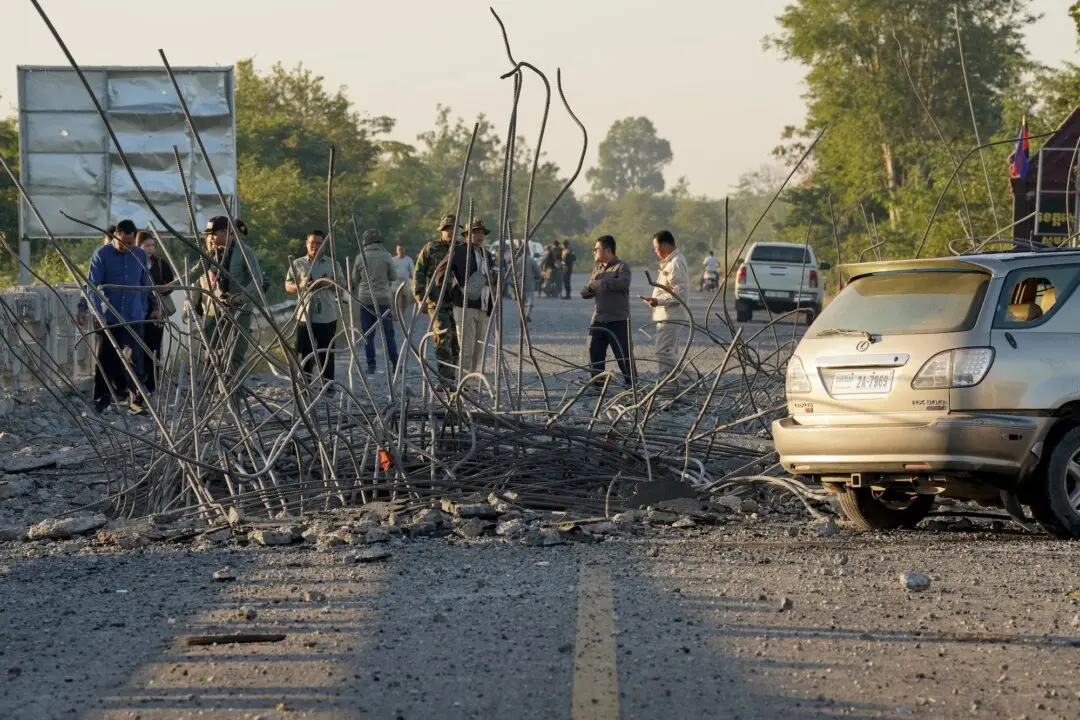The body of a 9-year-old autistic boy was found in a swimming pool hours after police announced he had vanished and appealed to the public for help finding the missing child.
Authorities said that hours after Inglewood police asked for public help to find the missing boy, who was said to be non-verbal, his body was found in a park swimming pool.





